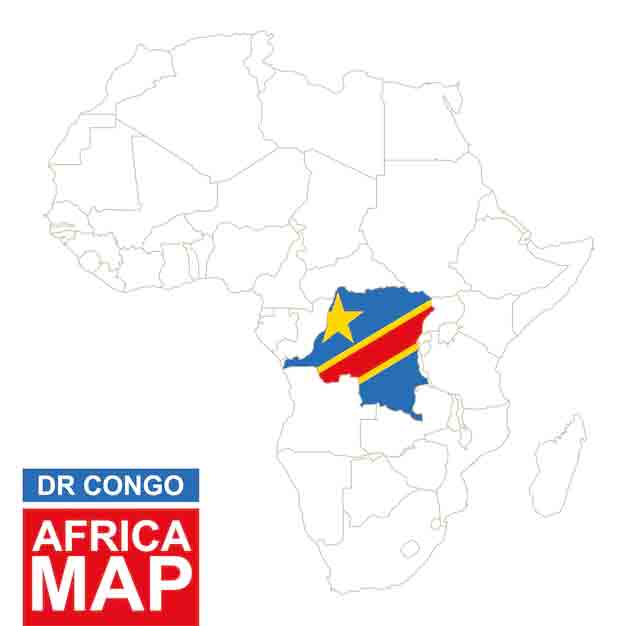As the scale of the crisis escalates, with new IDPs arriving daily, humanitarian access is becoming more restricted because of the deteriorating security situation in eastern DRC.
Fighting in the east of the DRC between the Congolese armed forces and non-state armed group M23 has intensified since 20 October 2022, displacing thousands of people from Rutshuru territory in North Kivu province mainly to Kanyaruchinya and Kibati, north of the city of Goma and to Lubero territory.
“Internally Displaced camps are fraught with danger,” said UNICEF Emergency Manager Dounia Dekhili. “In addition to the cholera threat, children and young people are at risk of experiencing Gender-Based Violence in the extremely cramped camps.”
Conflict is notably expanding further north and south along the Rutshuru-Goma axis leading to massive population displacements. The displaced would join the ranks of about 200,000 Internally Displaced People who were forced to flee their homes since the beginning of the latest surge in violence in Rutshuru territory in late March 2022.
About 100,000 people who have been displaced over the last 10 days have fled to hastily formed and desperately overcrowded makeshift camps in the towns of Goma and Lubero.
They are living in flimsy shelters which do not protect them from frequent rainstorms. Shortages of clean water are placing many IDPs at risk of a cholera epidemic. Many displaced do not have tarpaulins and are forced to sleep in the open. pll/jha/obf









